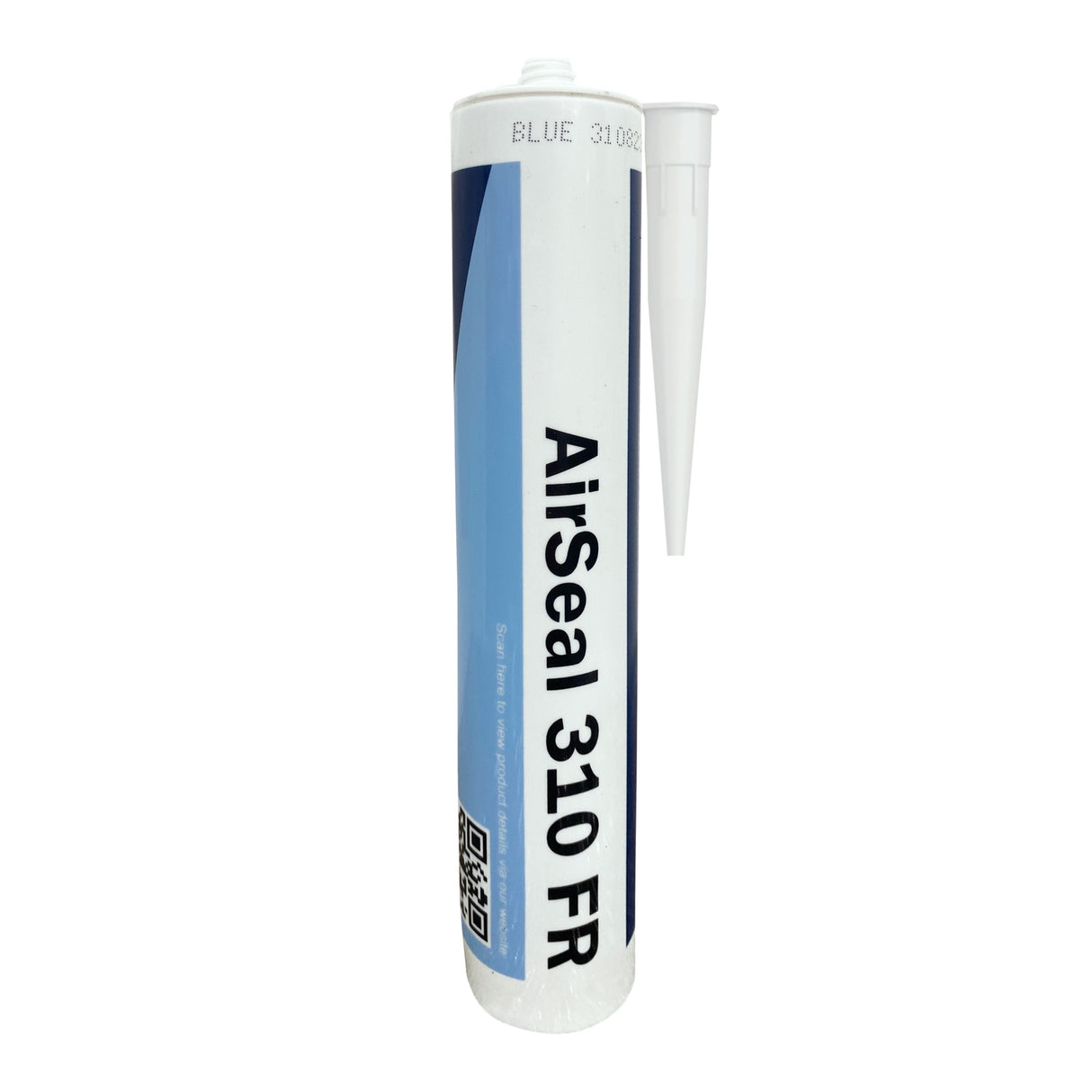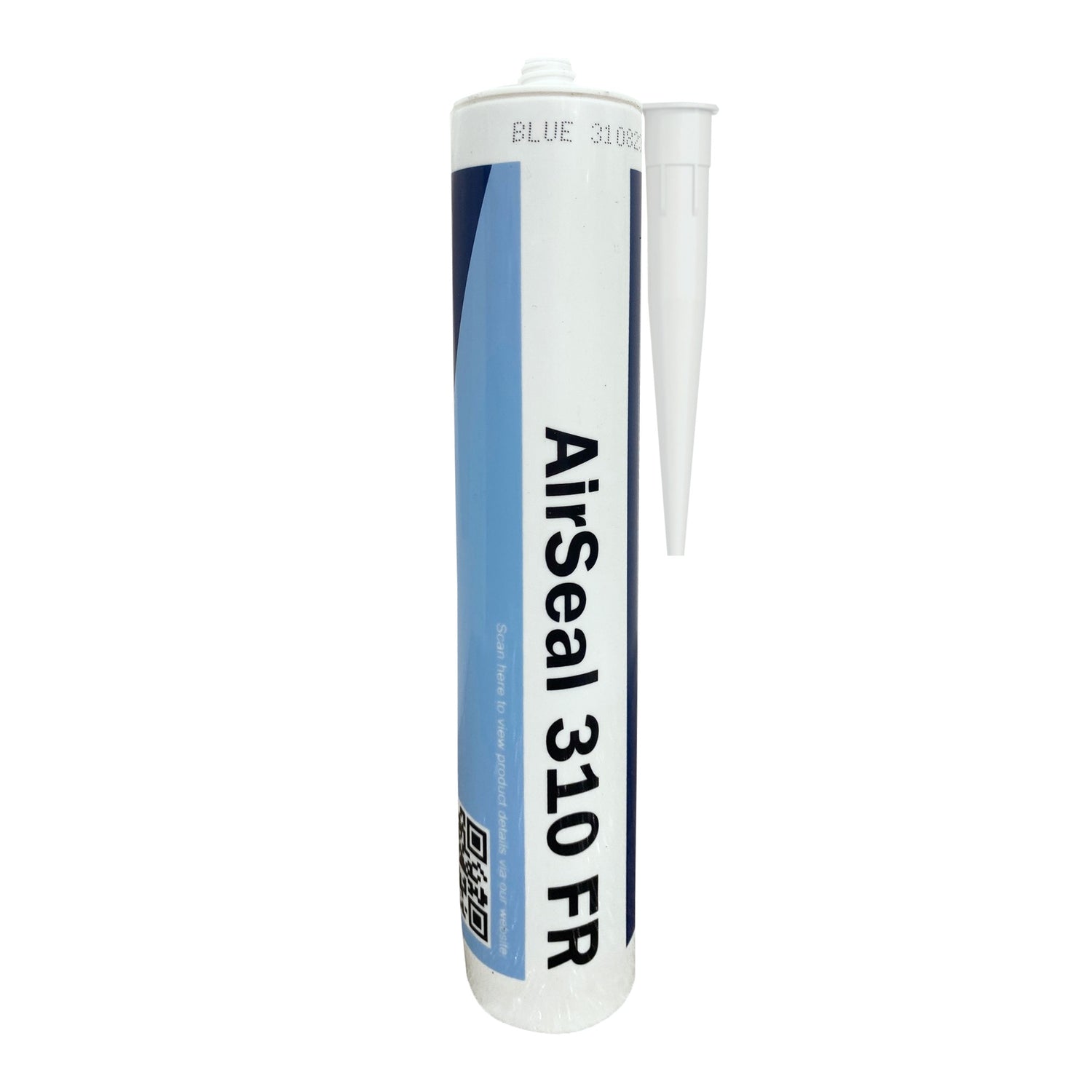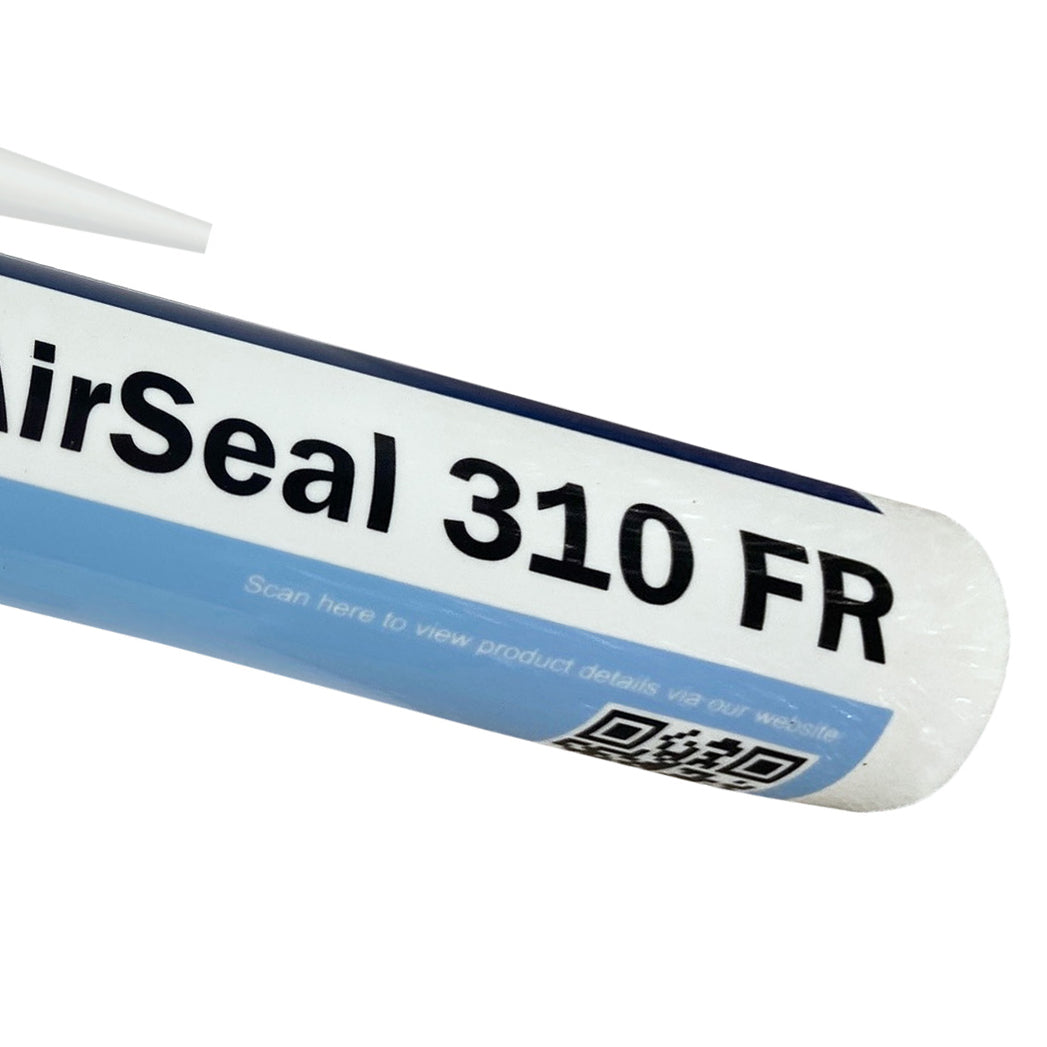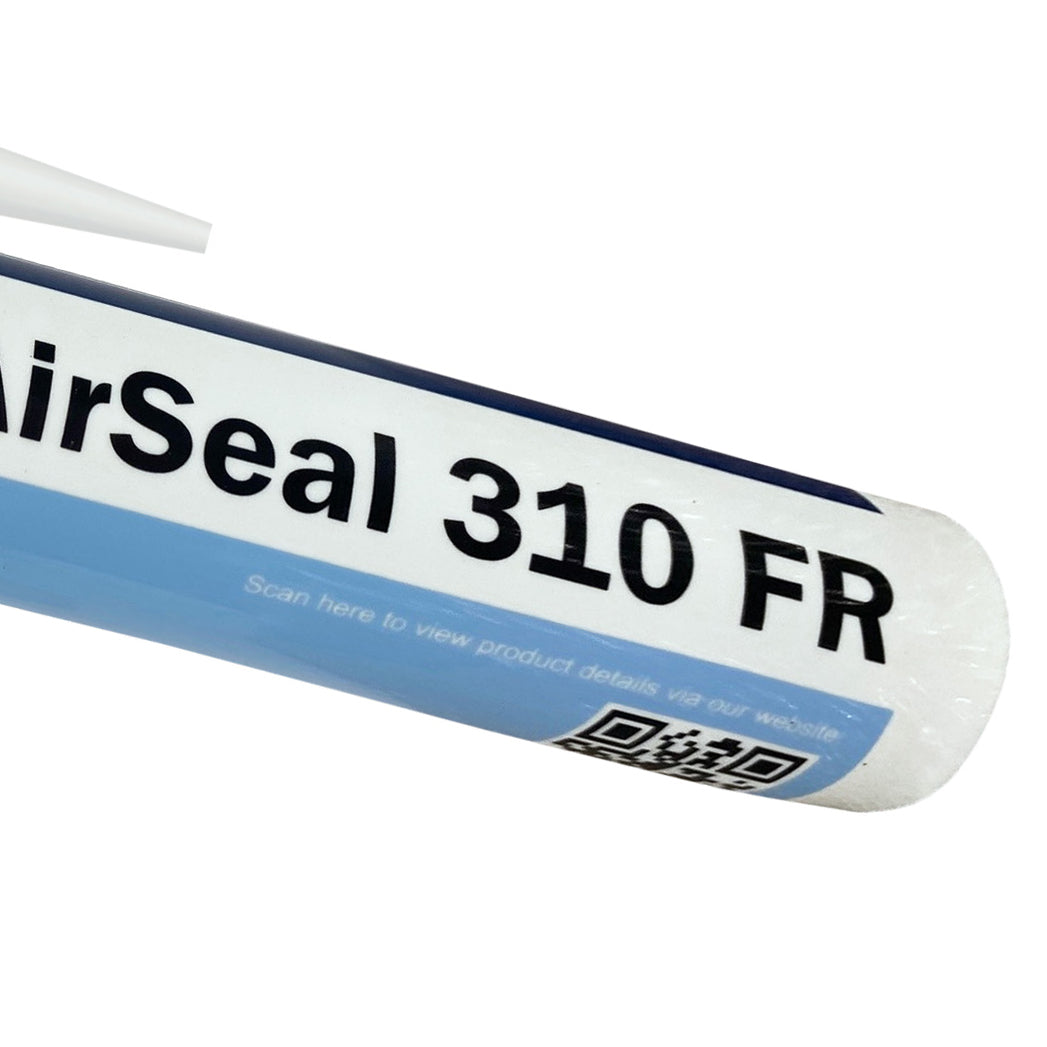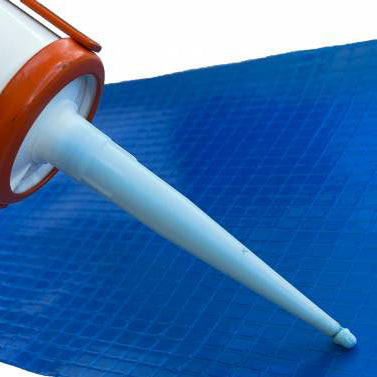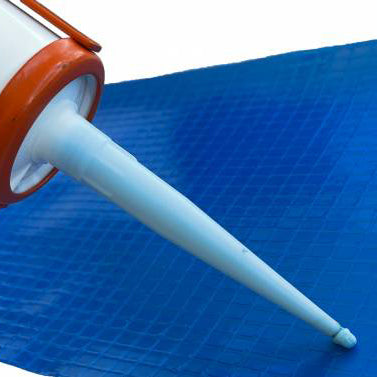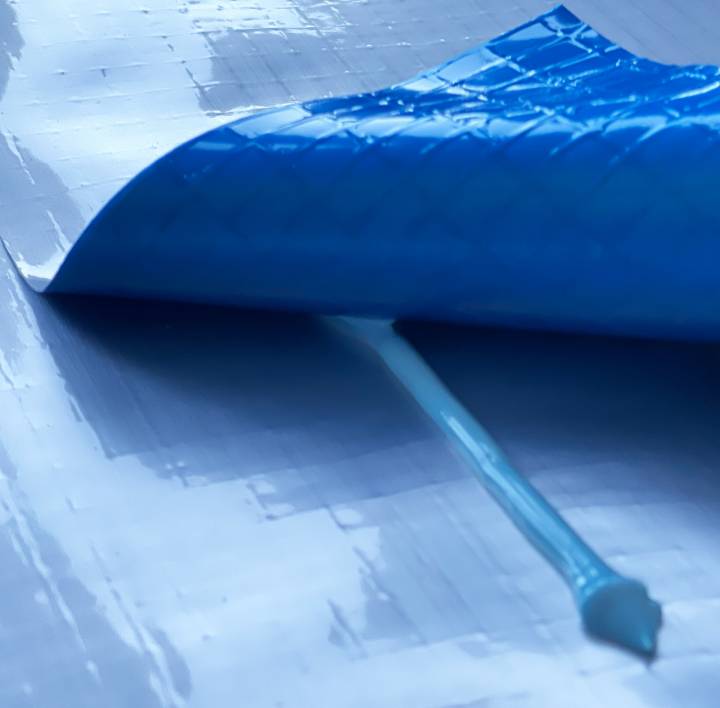Novia AirSeal 310 FR Sealant Cartridge 310ml
Novia AirSeal 310 FR Sealant Cartridge 310ml is backordered and will ship as soon as it is back in stock.
Made from a halogen free polymer emulsion, Novia AirSeal 310 FR is designed to form a fire and smoke seal in joints in Air and Vapour Control Membranes, In and around internal partitions and Linear gap seals at the head or foot of a wall. Easy to apply with a flexible and smooth finish for movement capability.
- Supplied in cartridges
- Readily over-paintable
- Will not harden or crack with age
- BS EN 1366-4 tested
- Conforms to ETAG 026 Parts 2 & 3
- Tested to BS EN 1634-1 2014 + A1 2018 – FD30 & FD60.
Large Order or Specific Requirement?
CALL OUR TEAM
0115 6976 800

